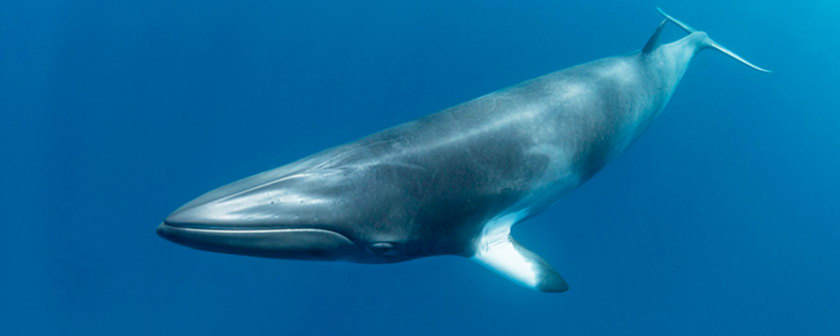
The southern Great Barrier Reef, a known migration highway for marine life, has long lacked comprehensive long-term monitoring. Recent findings by scientists have now shed light on the diverse marine mammal activity in this region, revealing surprising insights into the presence and behavior of dolphins and whales. According to Ms. Taylor, a lead researcher, “By listening instead of looking, we were able to detect species that might otherwise go unnoticed, including the first confirmed acoustic presence of dwarf minke whales in this region.”
Over the course of two years, scientists deployed underwater listening devices near Lady Elliot Island, the southernmost reef in the Great Barrier Reef Marine Park. These devices enabled continuous monitoring of marine mammal activity without the need for boats or clear weather conditions. The study, published in Marine Mammal Science, recorded over 1,600 hours of underwater sound, capturing the calls of humpback whales, dwarf minke whales, and several dolphin species, each utilizing the area at different times of the year and day.
Insights from Underwater Acoustics
The recordings revealed that humpback whales were most prevalent between June and October, aligning with their migration and breeding activities. In contrast, dwarf minke whale calls were primarily detected from May to August, a period closely associated with increased ocean productivity. Dolphins, on the other hand, were heard year-round, particularly during daylight and twilight hours, indicating that Lady Elliot Island plays a crucial role in their daily movement and feeding behavior.
This development follows a growing recognition of the importance of acoustic monitoring in marine environments. By capturing sounds that are often inaudible to human observers, scientists can gain a clearer understanding of marine life patterns and behaviors that would otherwise remain hidden.
Challenges and Environmental Sensitivity
The study also highlighted the sensitivity of whales to sound disturbances. It was observed that whale vocal activity declined when boats were present or when wind noise increased. This finding underscores the need to protect marine acoustic environments from noise pollution, which can disrupt critical behaviors such as communication and navigation.
“Whale vocal activity declined when boats were present or wind noise increased, highlighting the sensitivity of whales to sound and the importance of protecting marine acoustic environments.”
Meanwhile, the use of passive acoustic monitoring represents a significant advancement in marine research, allowing scientists to study marine mammals without intrusive methods that could alter their natural behavior. This non-invasive approach is particularly valuable in regions like the Great Barrier Reef, where maintaining the integrity of the ecosystem is paramount.
Future Implications and Conservation Efforts
The findings from this study have important implications for conservation efforts in the Great Barrier Reef. By providing a clearer picture of when and where different species are present, conservationists can better design strategies to protect these animals and their habitats. The study also emphasizes the need for ongoing monitoring to track changes in marine mammal populations and behaviors over time.
According to experts, the integration of acoustic monitoring with other research methods could enhance our understanding of marine ecosystems and contribute to more effective conservation policies. As human activities continue to impact marine environments, such innovative approaches are crucial for ensuring the survival of vulnerable species.
Looking ahead, researchers plan to expand their monitoring efforts to other areas of the Great Barrier Reef and beyond. By continuing to listen to the ocean, scientists hope to uncover even more secrets of the deep and contribute to the global effort to preserve marine biodiversity.






